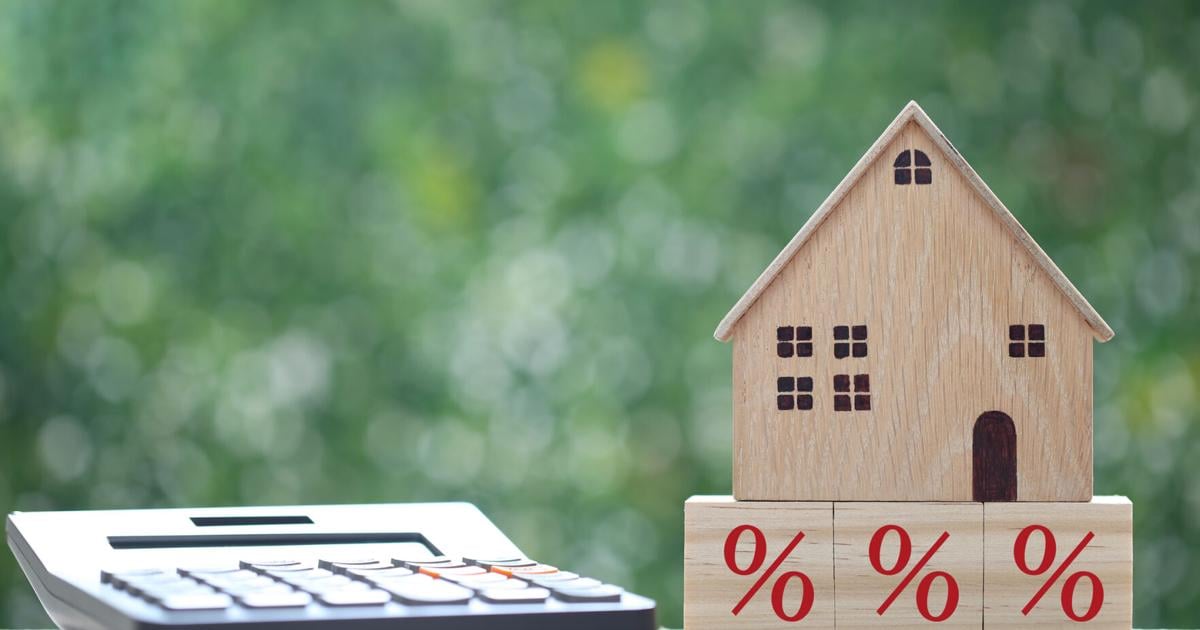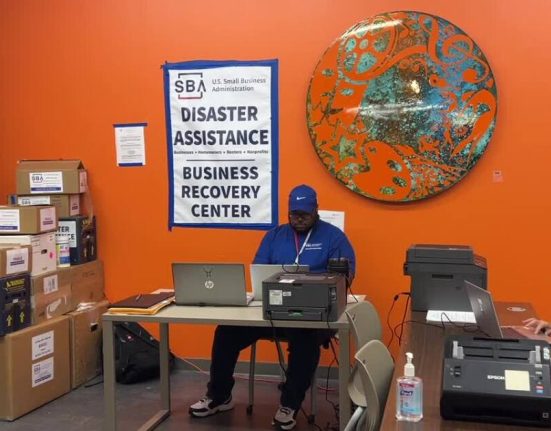Mortgage originations fell by 11.2% in 2023, with 2,453 fewer loan closings than in 2022, according to data from the Office of the Commissioner of Financial Institutions (OCIF).
According to the information, during the last two years, the upward trend that the real estate sector had between 2019 to 2021 has been broken.
Last year’s records represent the second consecutive drop in mortgage production, due to the fact that these loans had already decreased 30.1% in 2022, when it fell to a minimum level in two decades.
In this regard, the executive director of the Mortgage Bankers Association (MBA), Ricardo Negrón, acknowledged that the industry has been impacted.
“The offers are not the same as before and the consumer continues to hope that tax rates will come down, but that’s not in sight anytime soon. So the constant and the average is what we’re seeing right now,” Negrón explained.
Currently, tax rates for mortgage loans fluctuate between 6% and 7%, as low, compared to the 2% and 3% that were experienced during the early years of the pandemic.
However, the executive explained that these rates are closer to the averages experienced prior to the pandemic.
As a result of the decline in originations, the total value of mortgage loans decreased by 7.0% to $3.7 billion, the lowest figure in three years.
On the other hand, the data reveals that the average mortgage in 2023 was $300,908, an increase of 5.0% over the previous year.
Continued dependence on federal funds
The MBA executive stressed that one of the factors that has kept the mortgage banking sector stable has been the disbursement of funds from the Direct Buyer Assistance Program as part of the Cdbg-dr recovery funds.
“That has been the fuel and the salvation of the industry from the last year and a half to now. It has definitely proven to be a program that the consumer needed and has given the opportunity to all those thousands of people to acquire a decent and correct home, opening opportunities to those people of different economic levels, and it will continue to be so because there are still many funds available,” he said.
According to information shared by the Secretary of the Department of Housing, William Rodríguez, more than 10,400 families in Puerto Rico have been able to obtain housing under this program.
That program, which began in July 2021 and has been administered by the Housing Finance Authority (HFA) and the Department of Housing, with an outlay of $411.7 million, offers financial assistance of up to $60,000 for down payment and closing costs on the purchase of a home.
Therefore, about $283.3 million remains available, and Negrón reported that the industry estimates that these remaining funds will last at least one more year.
Foreclosed homes on the rise
On the other hand, the most recent OCIF data also reveal that financial institutions in Puerto Rico foreclosed on 2,315 homes, an increase of 4.8% over the same period last year, with a value of $243.8 million.
In 2022 there were 2,210 home foreclosures, when there was a 27.7% decrease from the previous year. It was the lowest level in 12 years, except for 2020, when foreclosures plummeted due to pandemic-induced inactivity.
“That didn’t take us by surprise. But, we must emphasize that crime is still low, and, in fact, we have had a good run in which the numbers are still below – and very favorable – to what we had many years ago,” Negrón stressed, since this behavior corresponds to the post-pandemic normalization process.
So did Zoimé Álvarez Rubio, president of the Puerto Rico Bankers Association (ABPR, in Spanish).
According to OCIF, the mortgage loan delinquency rate stood at a seasonally adjusted rate of 6.79% of all outstanding loans at the end of the fourth quarter of 2023. This represents a decrease compared to pre-pandemic levels of 12.58%.
She also clarified that many of the repossessed housing cases that are being reflected today, respond to processes that began approximately two years ago.
“In addition, this data of repossessed houses includes abandoned houses, voluntarily surrendered houses, investment houses. Second home’ houses, that is, they are not residential houses, so this number does not translate at all into families that have become homeless, nor are they being removed from their homes. More than 70% of the houses in the foreclosure process are abandoned homes,” said Álvarez Rubio.
She indicated, on the other hand, that the real estate crisis is in the limited availability of housing to acquire, and how slow the opportunity to build new housing is with all the challenges that continue to be faced.
Urgent improvements needed for the next four-year term
In view of the upcoming general elections, the MBA executive was asked what should be the priorities to expand the availability of housing. “We were just discussing that this week with the board of directors, and although we have not made a formal analysis, we are working and we understand that we are going to work on a series of recommendations that we would like to expect from our politicians to strengthen the industry for the next four-year term,” Negrón said.






